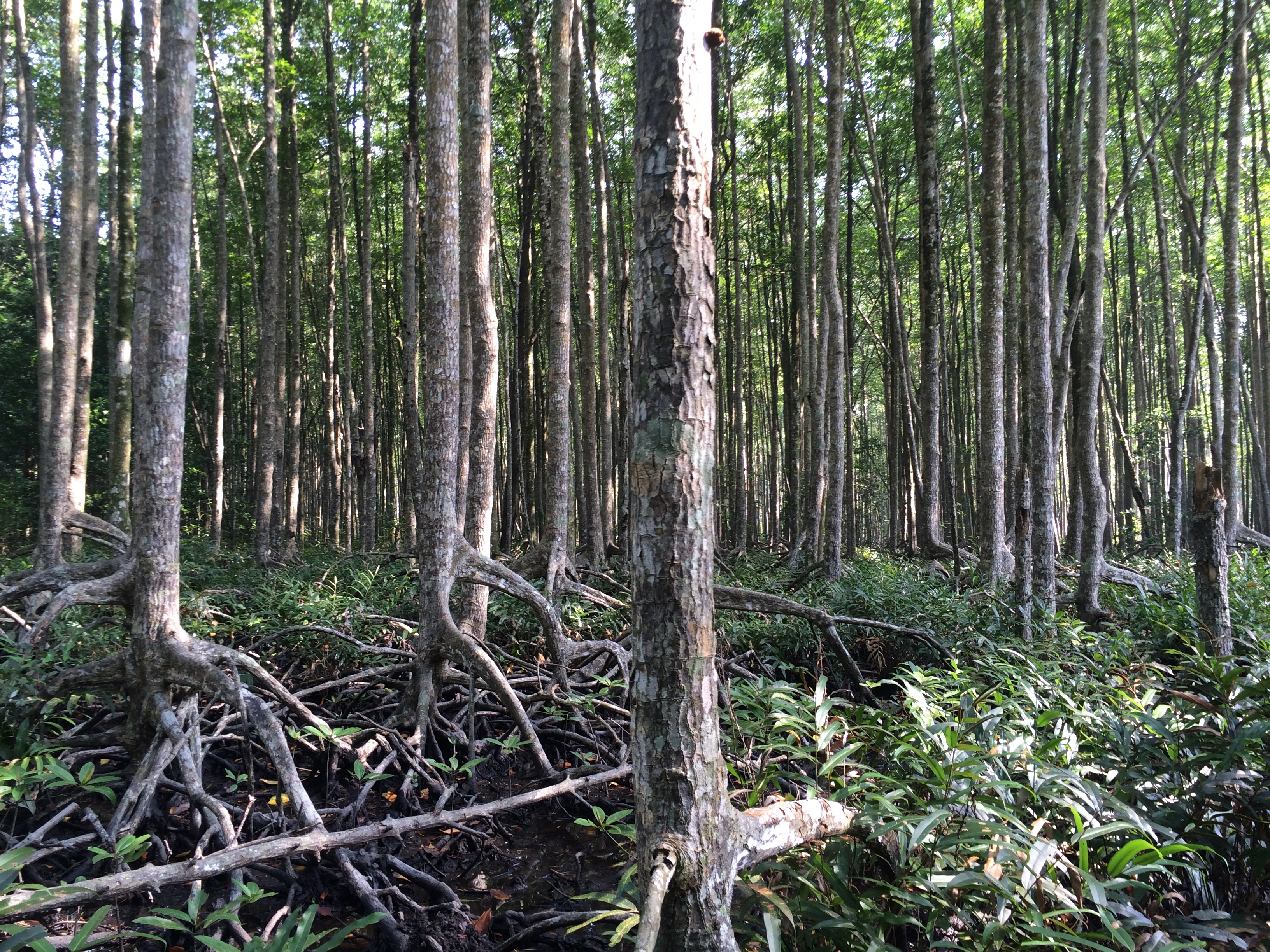
09 October 2017
Mangroves are somewhat strange, exotic ecosystems, but they are crucial to our planet. Monitoring mangroves is therefore essential in understanding climate change. Remote sensing is the perfect way not to get stuck in the mud or be eaten by crocodiles. I’ll explain you why.




/lewis-latham-0huRqQjz81A-unsplash.jpg)

/Land%20use%20model%20+%20green%20city.png)